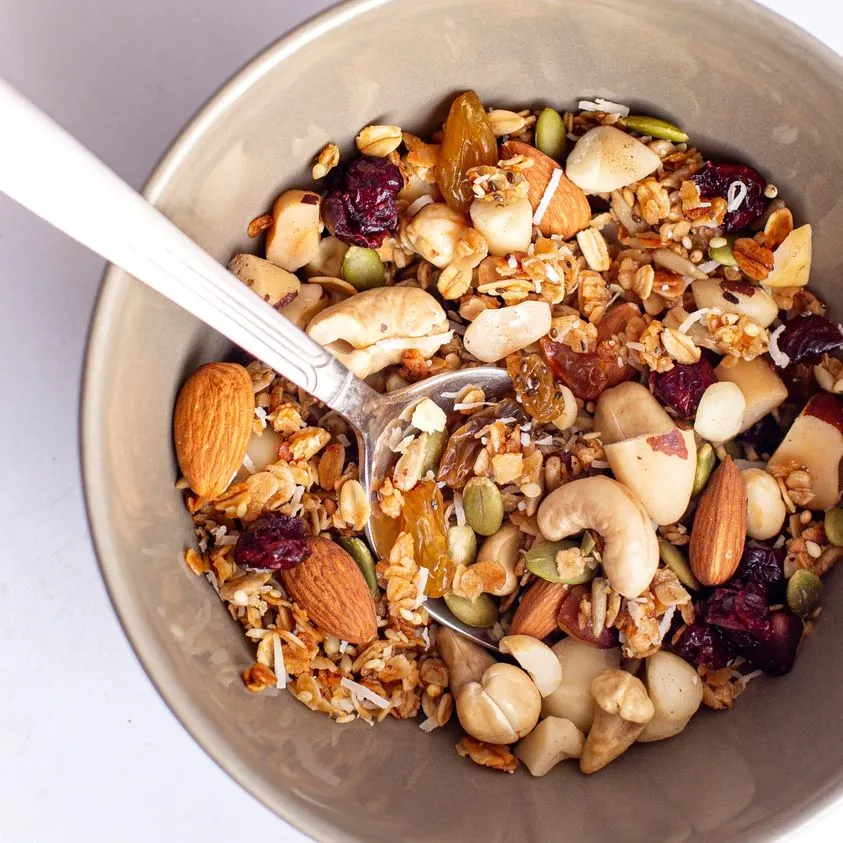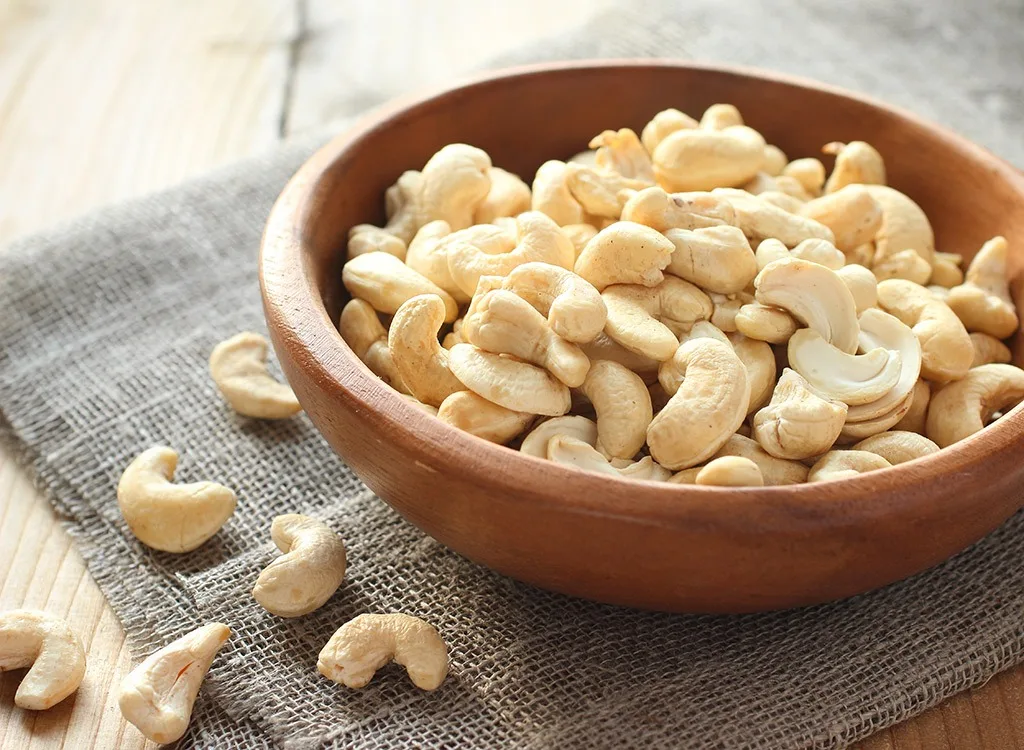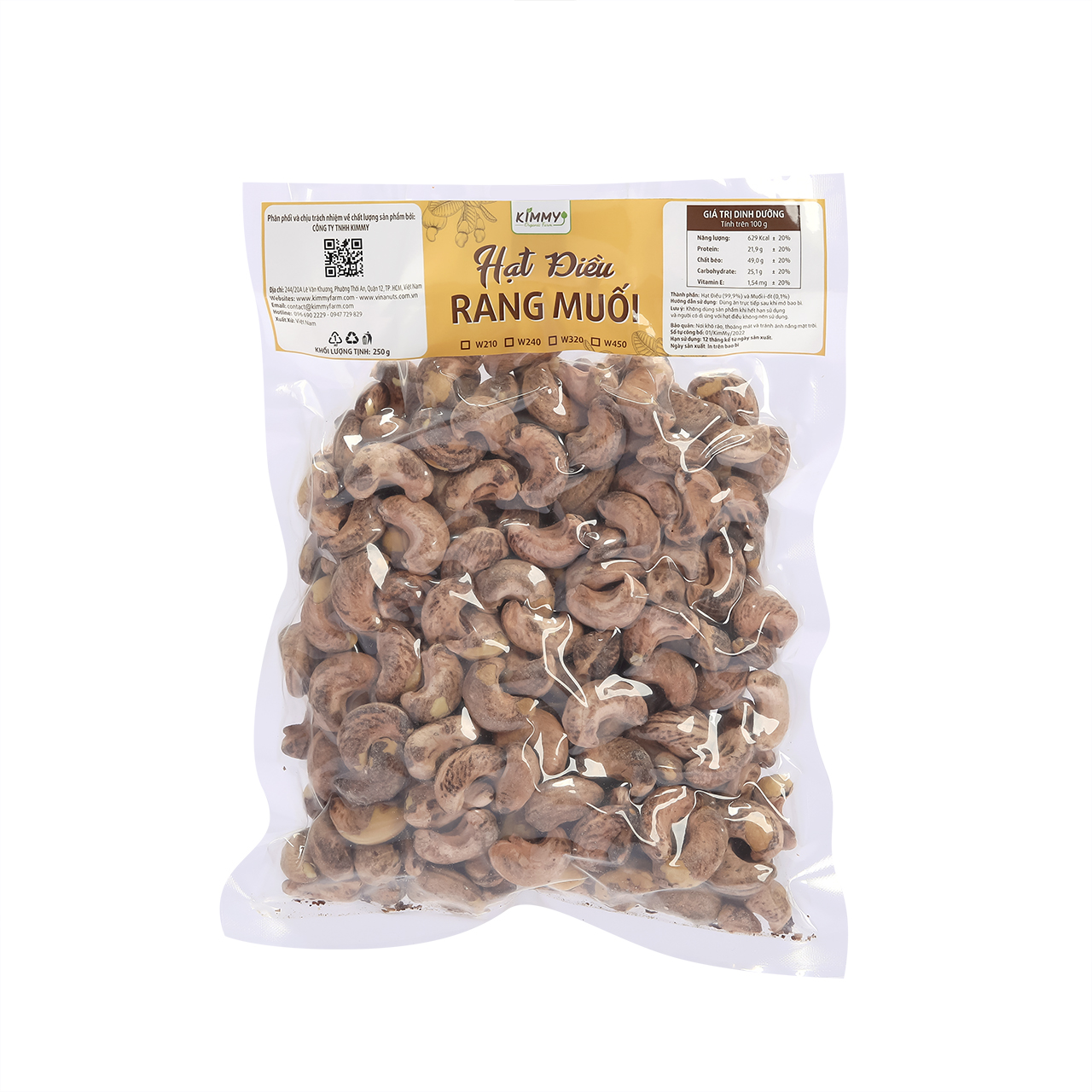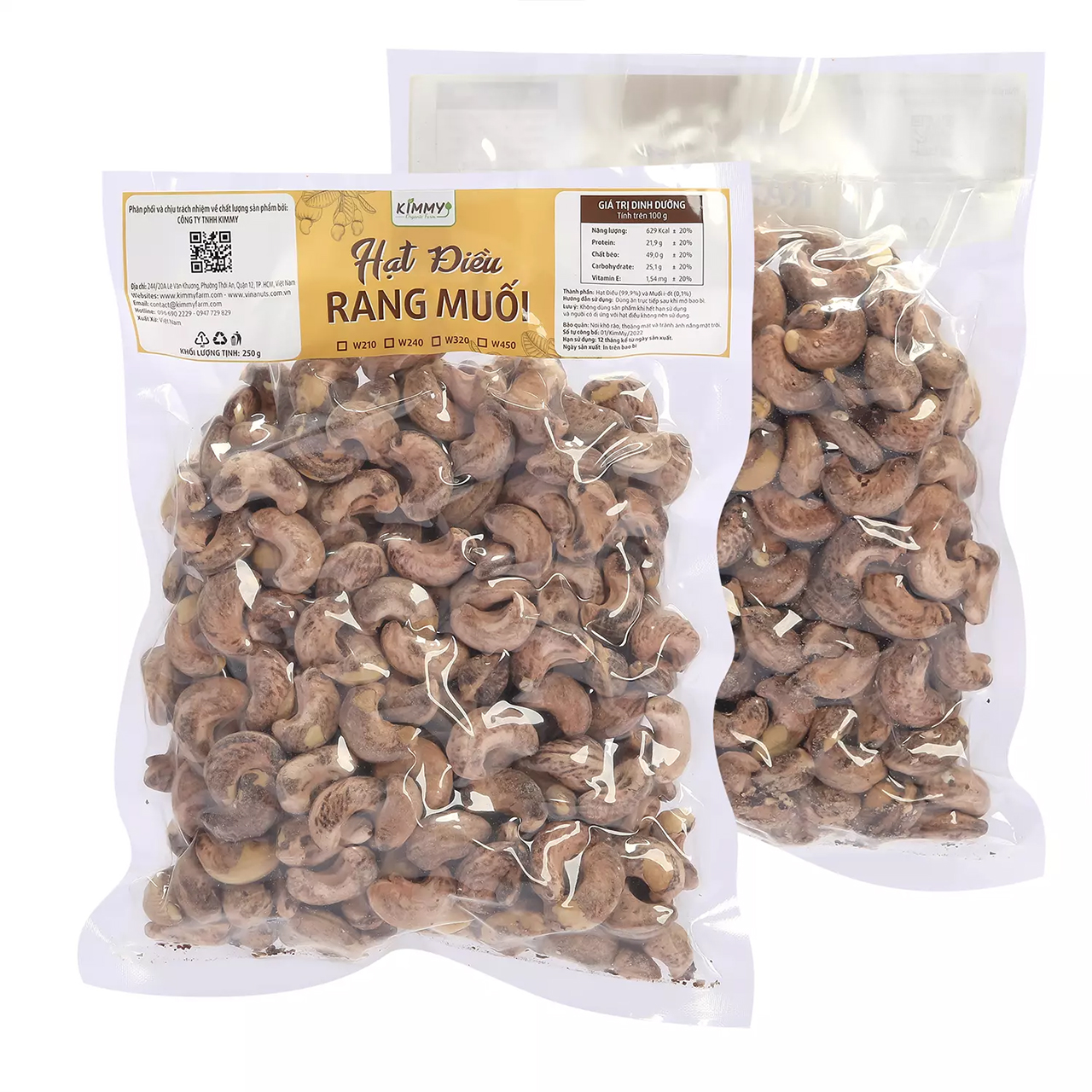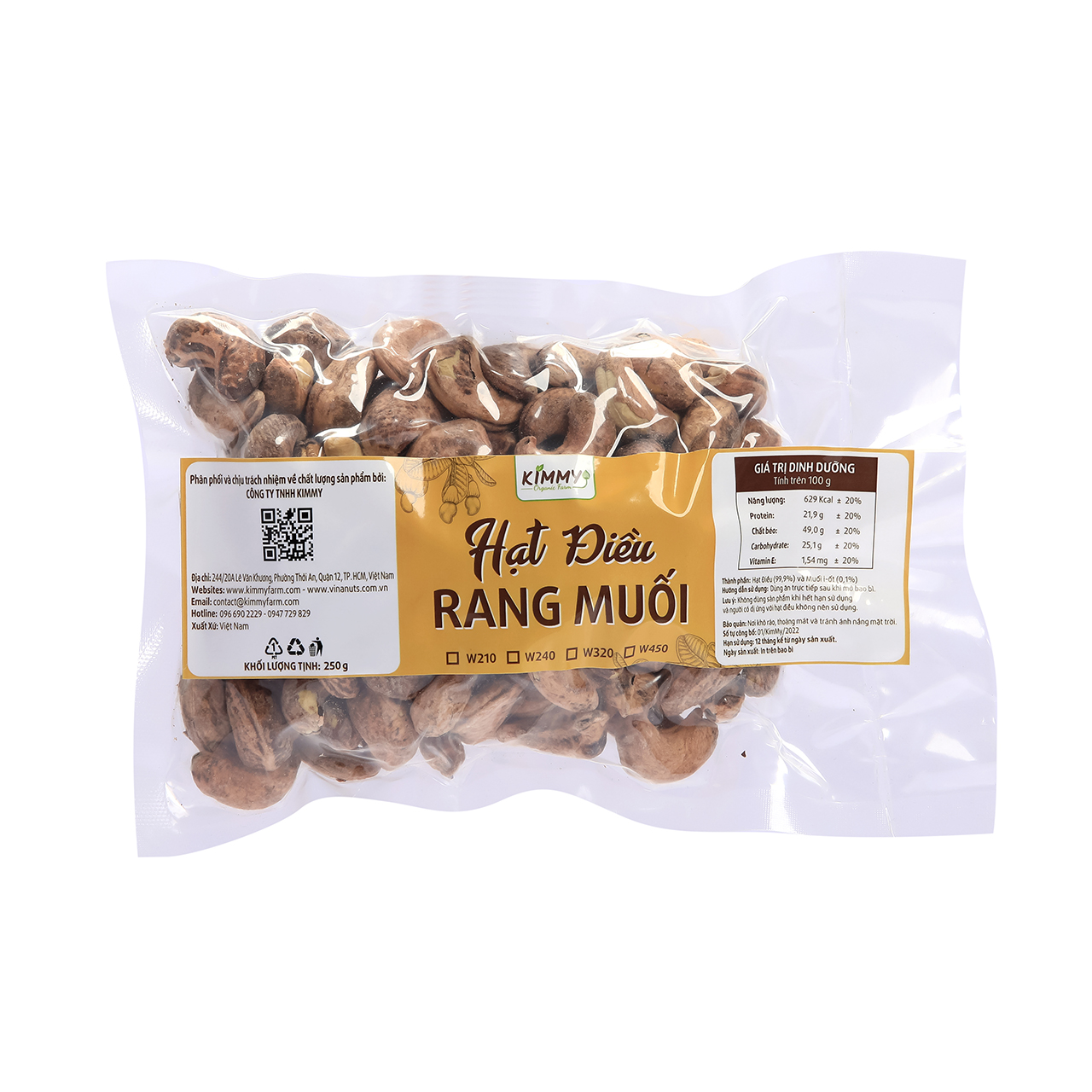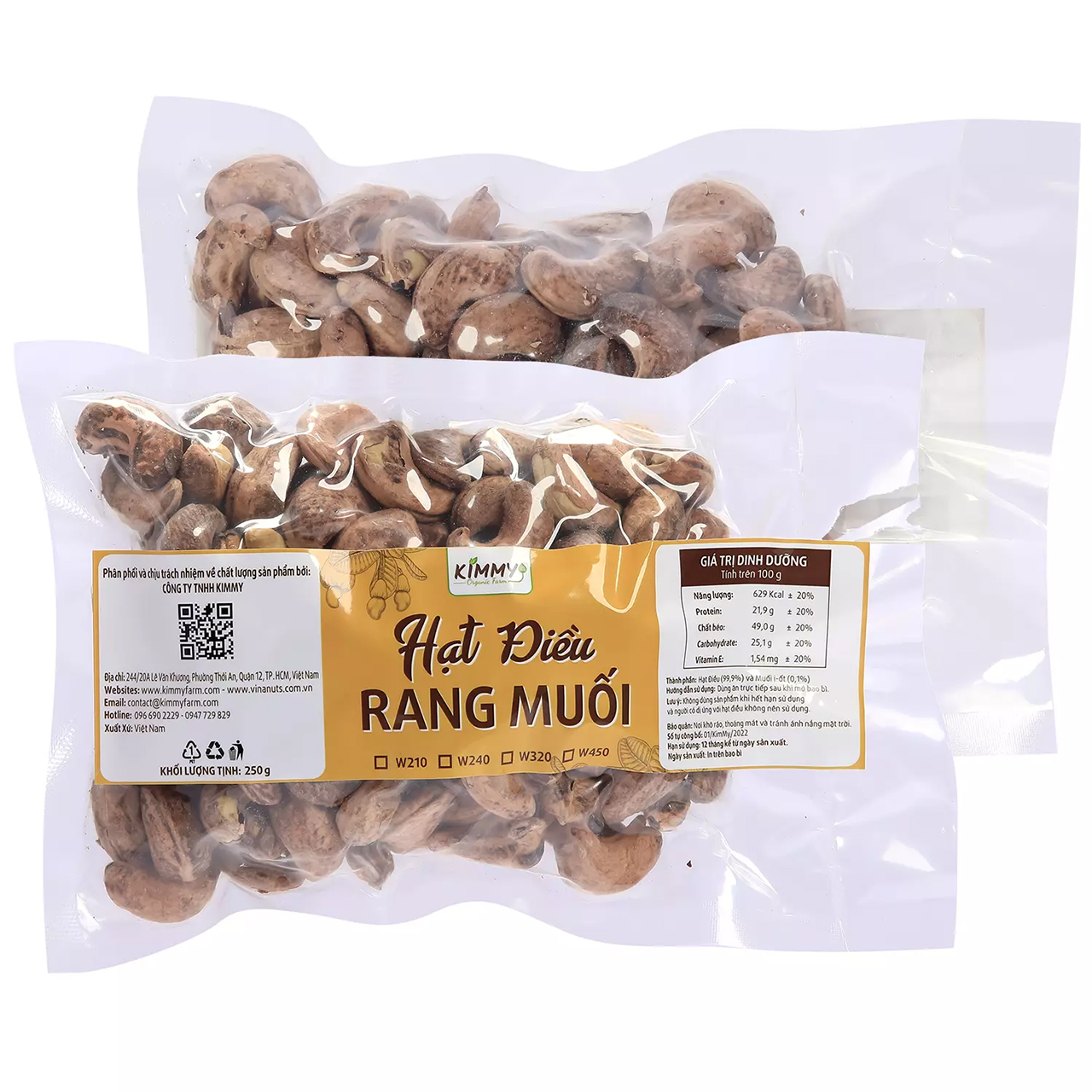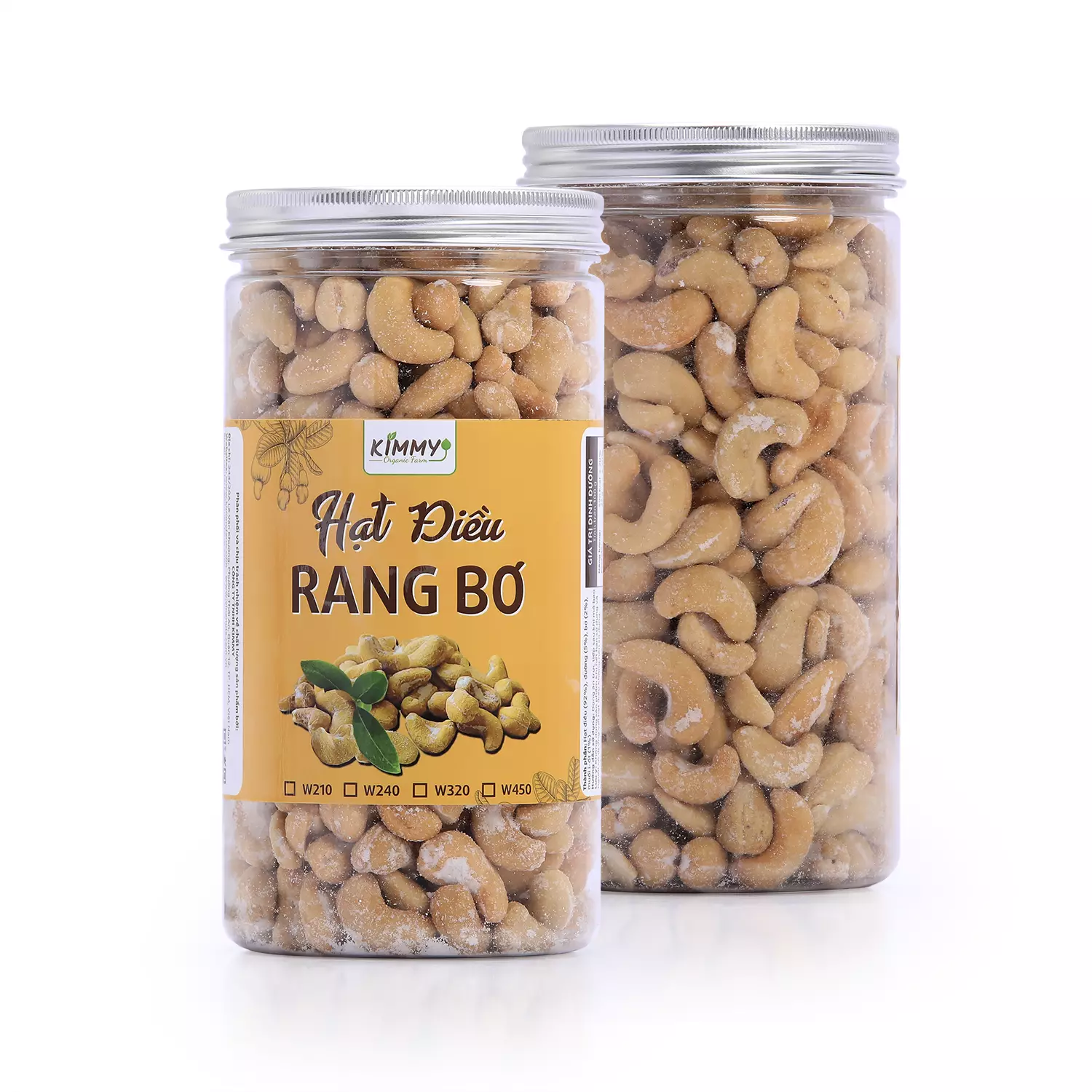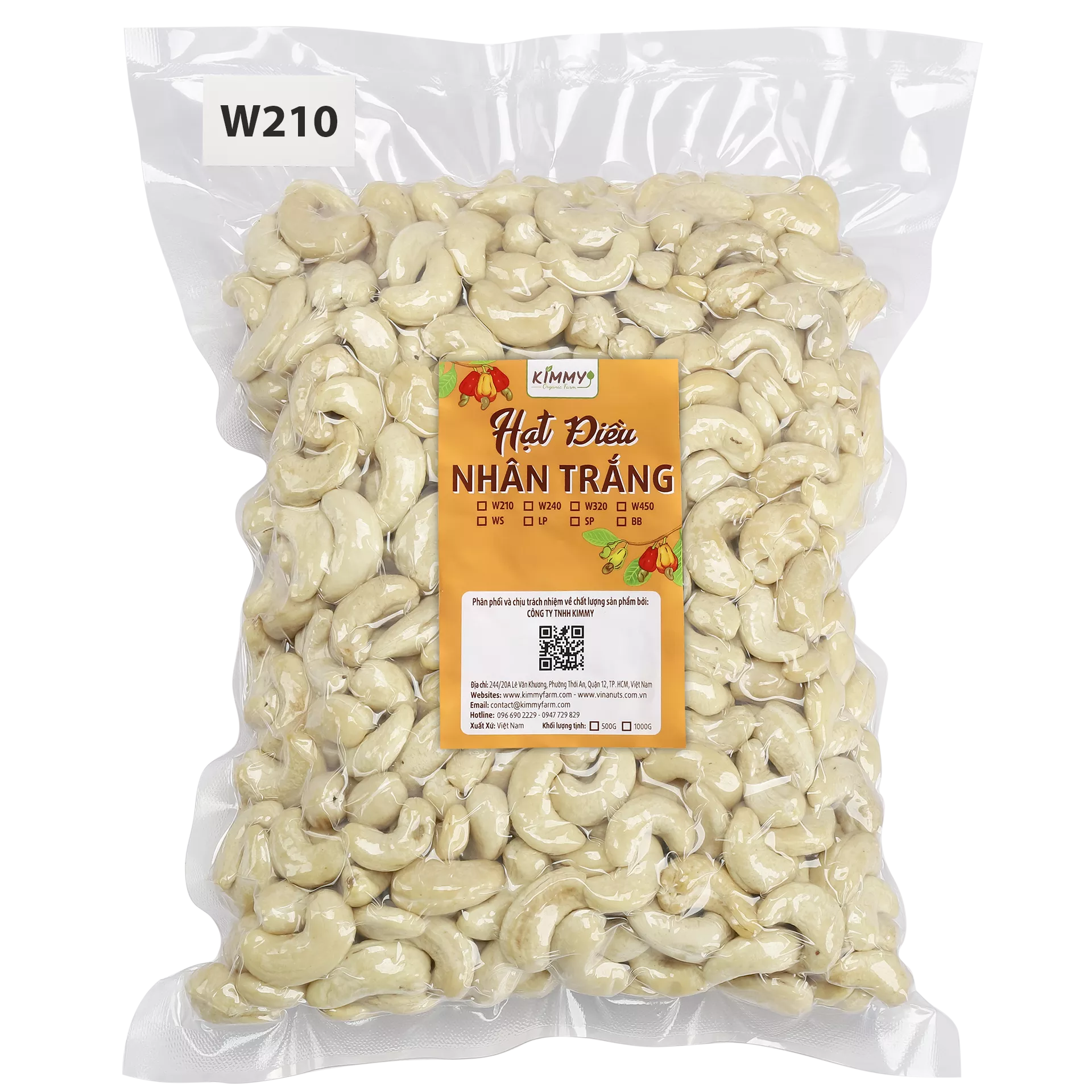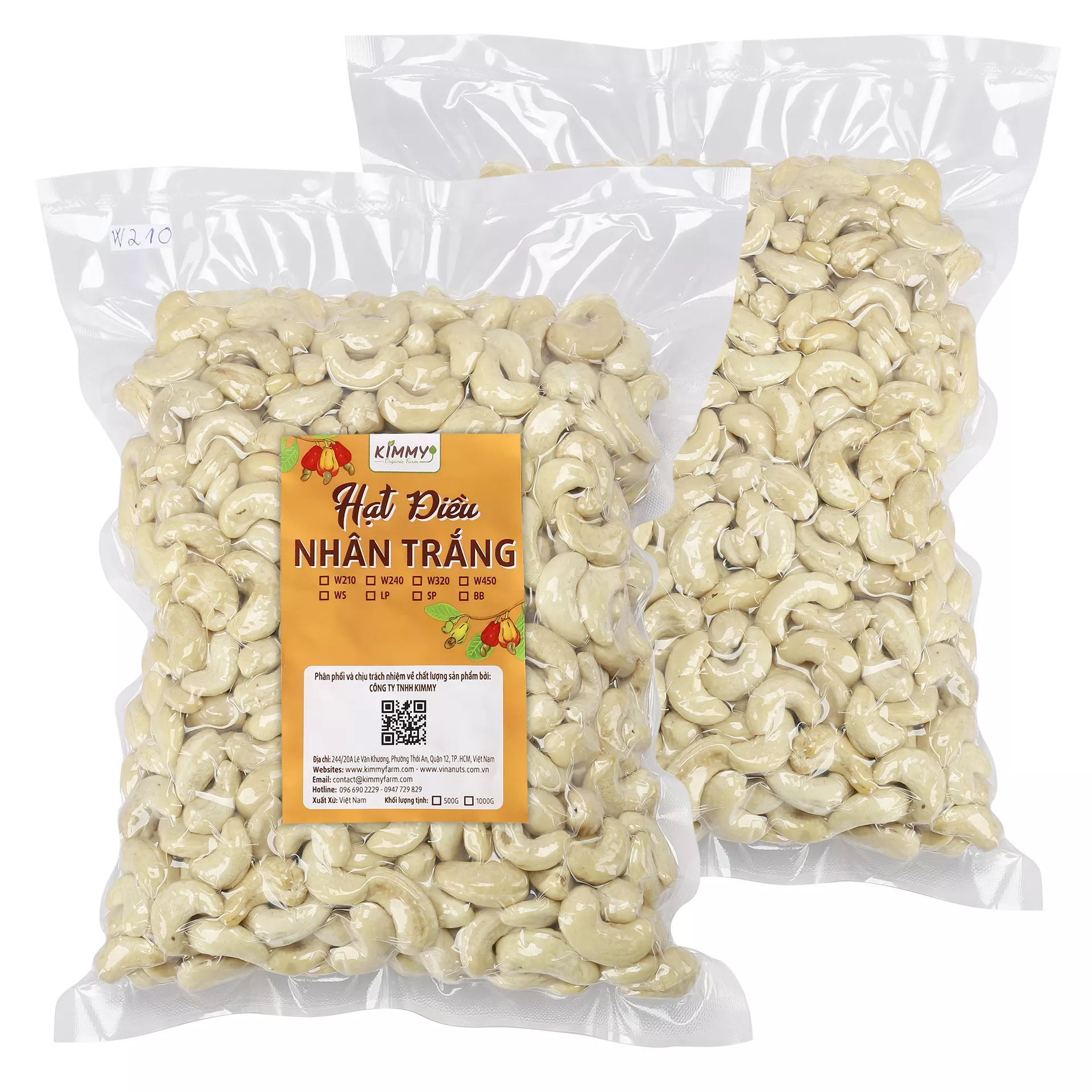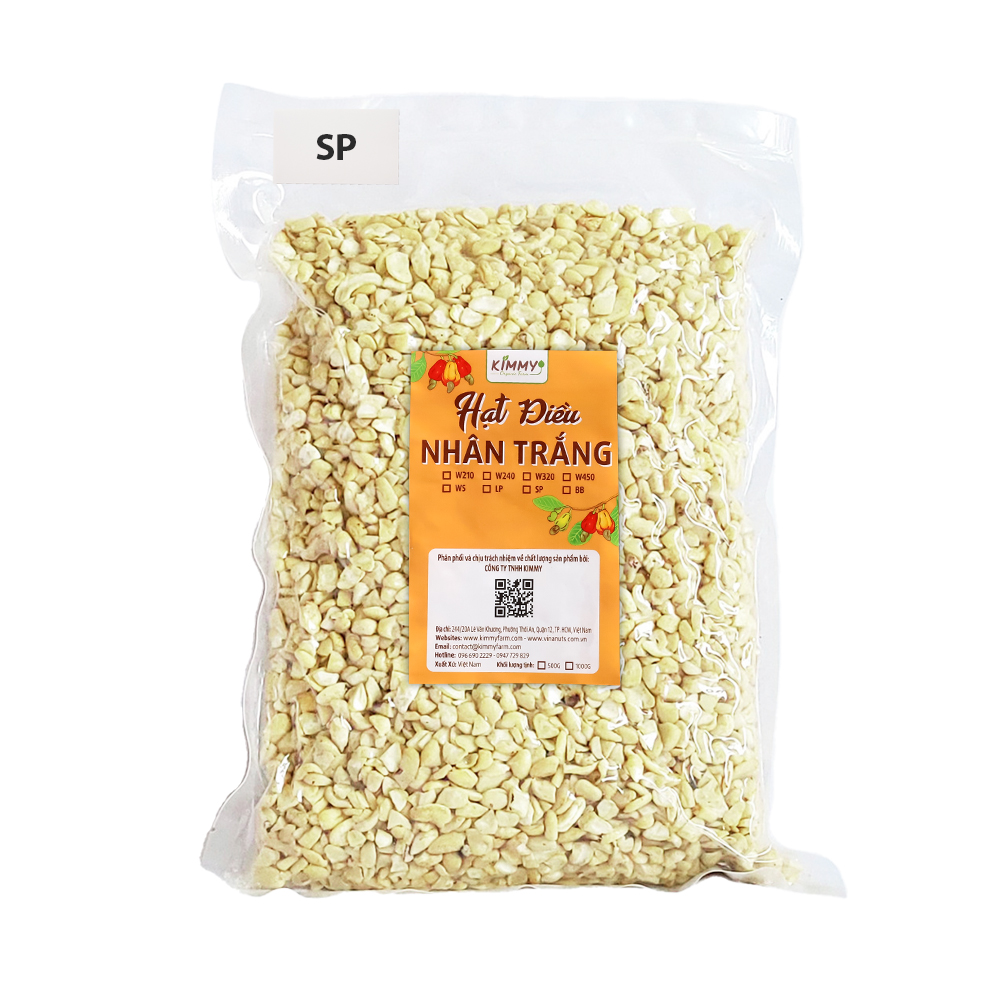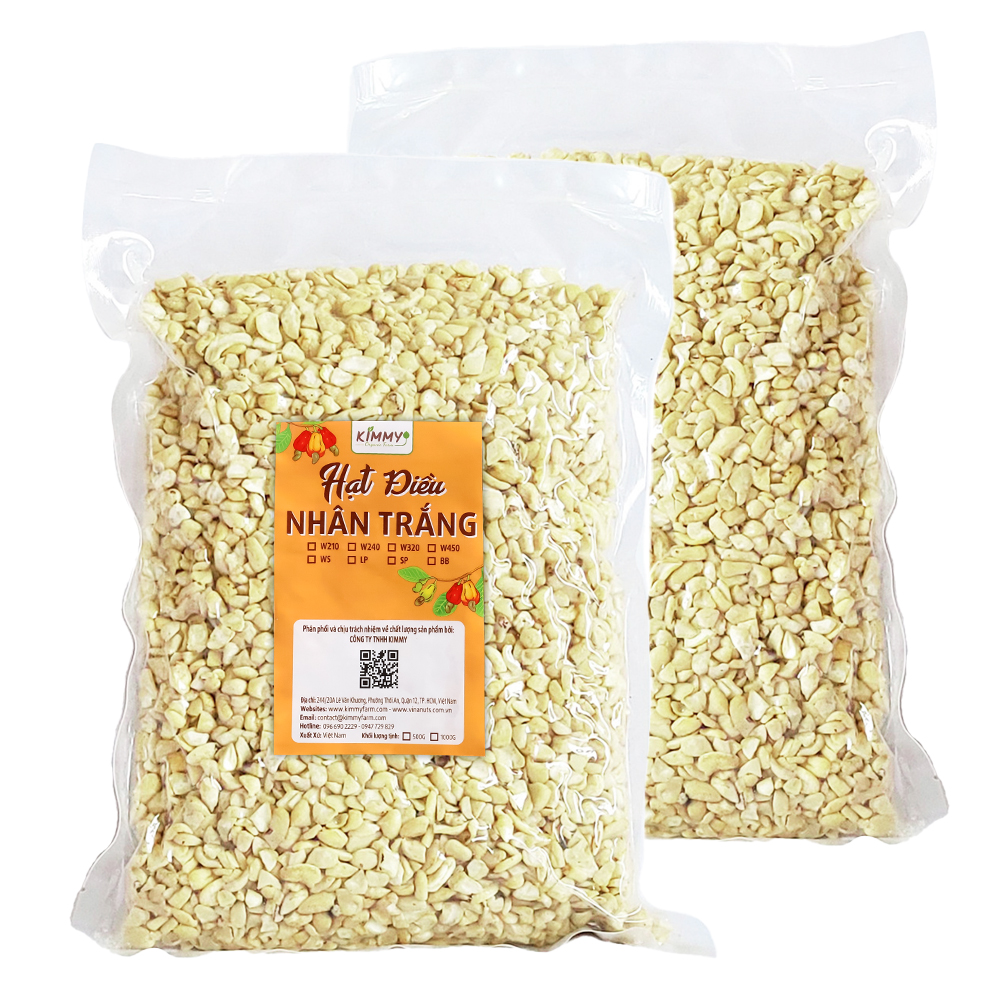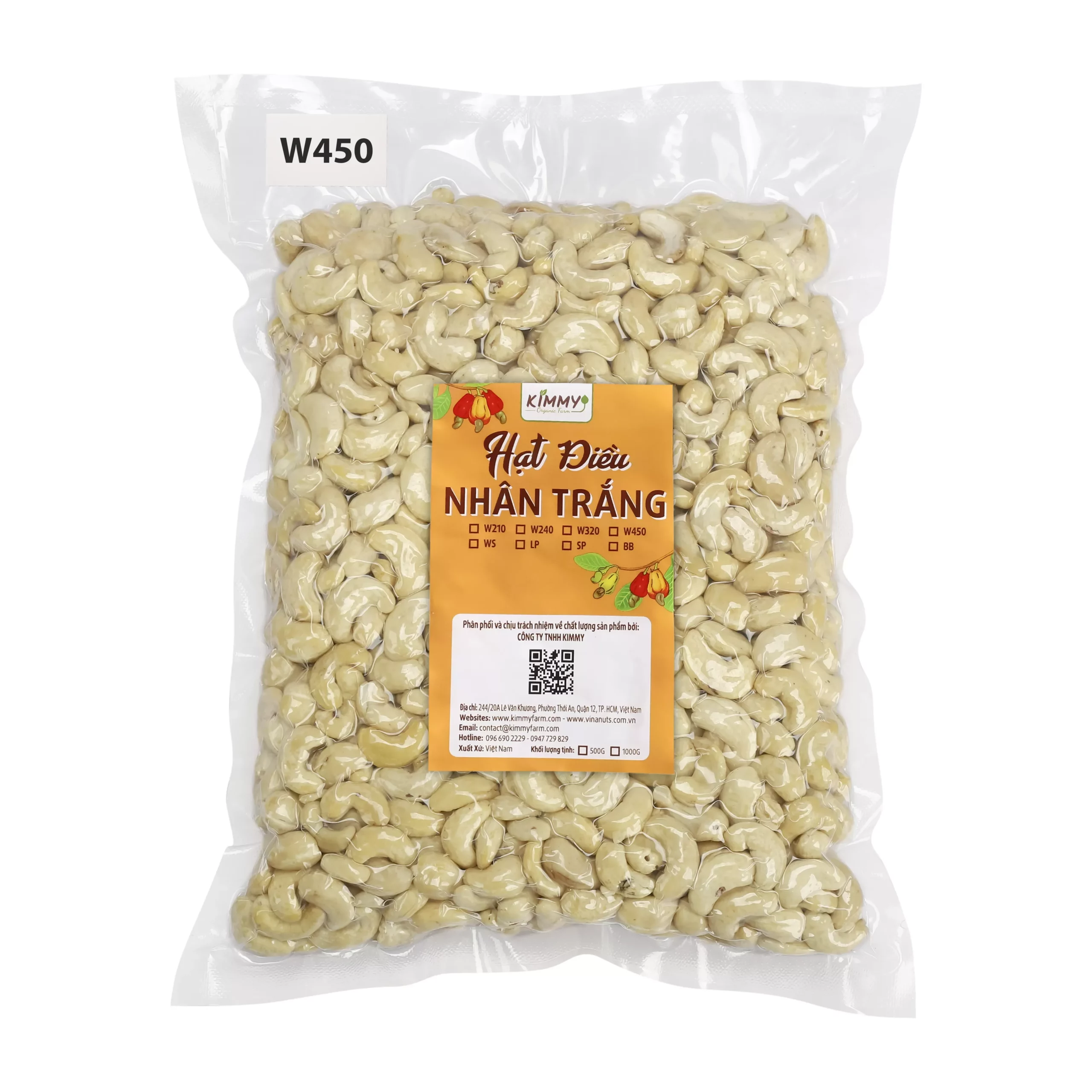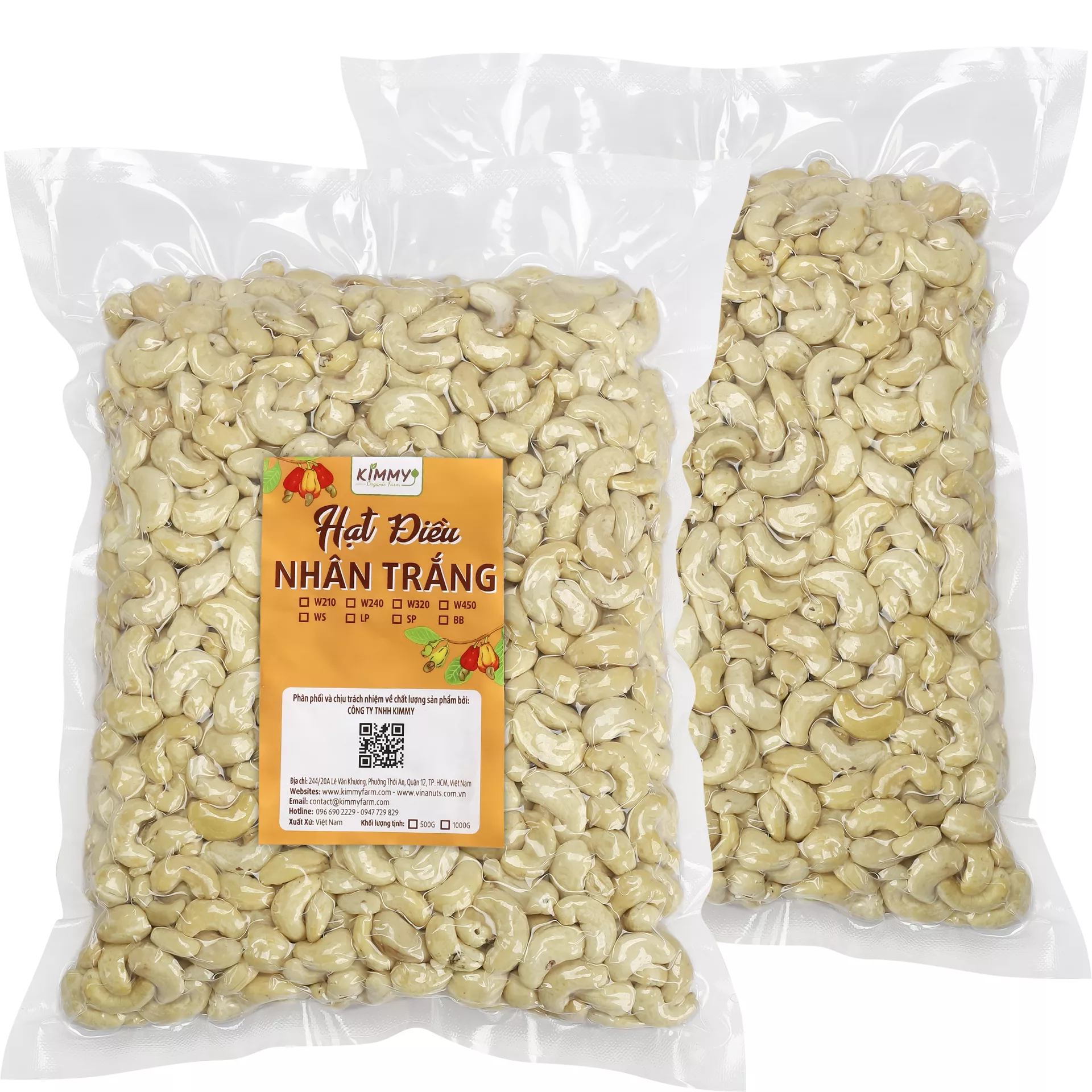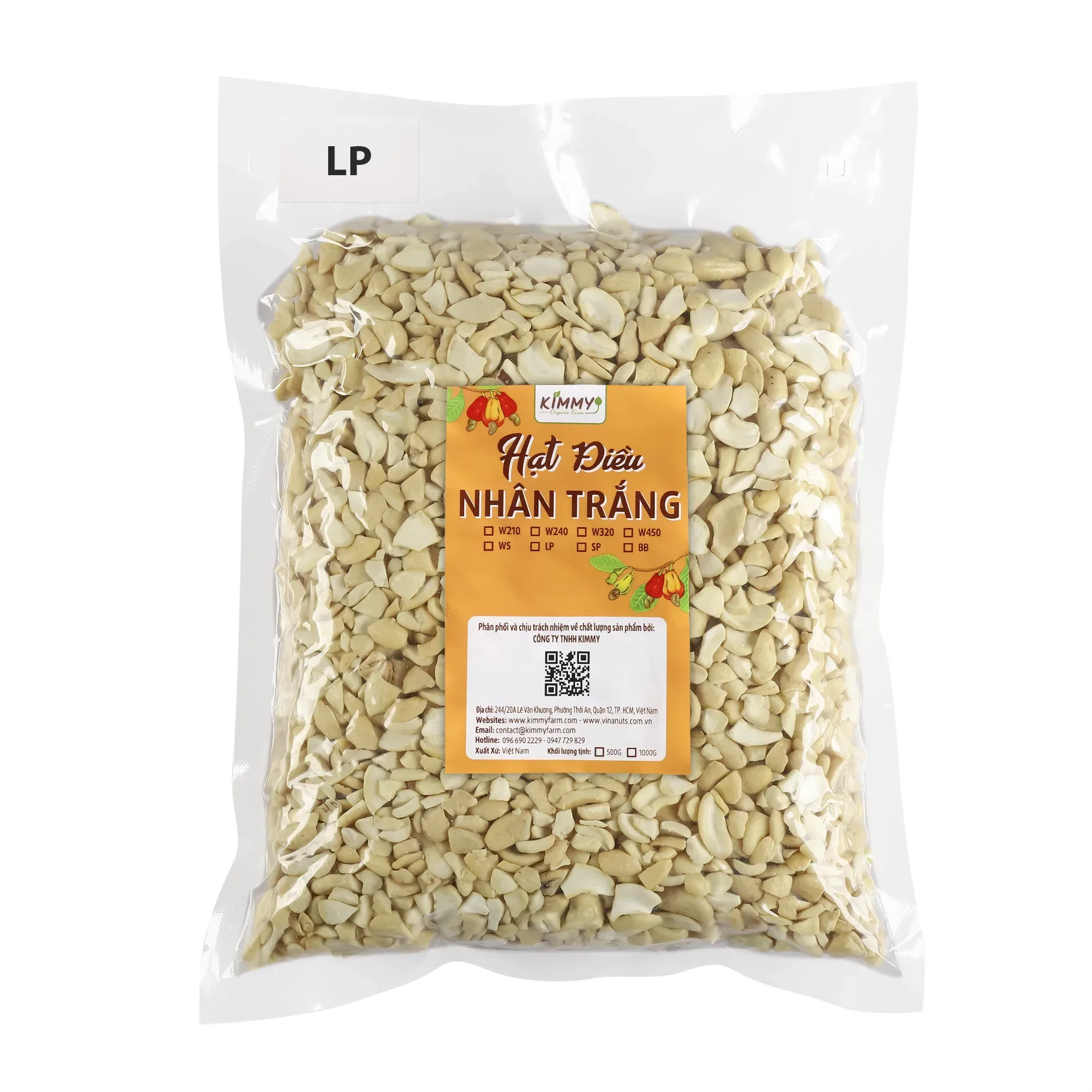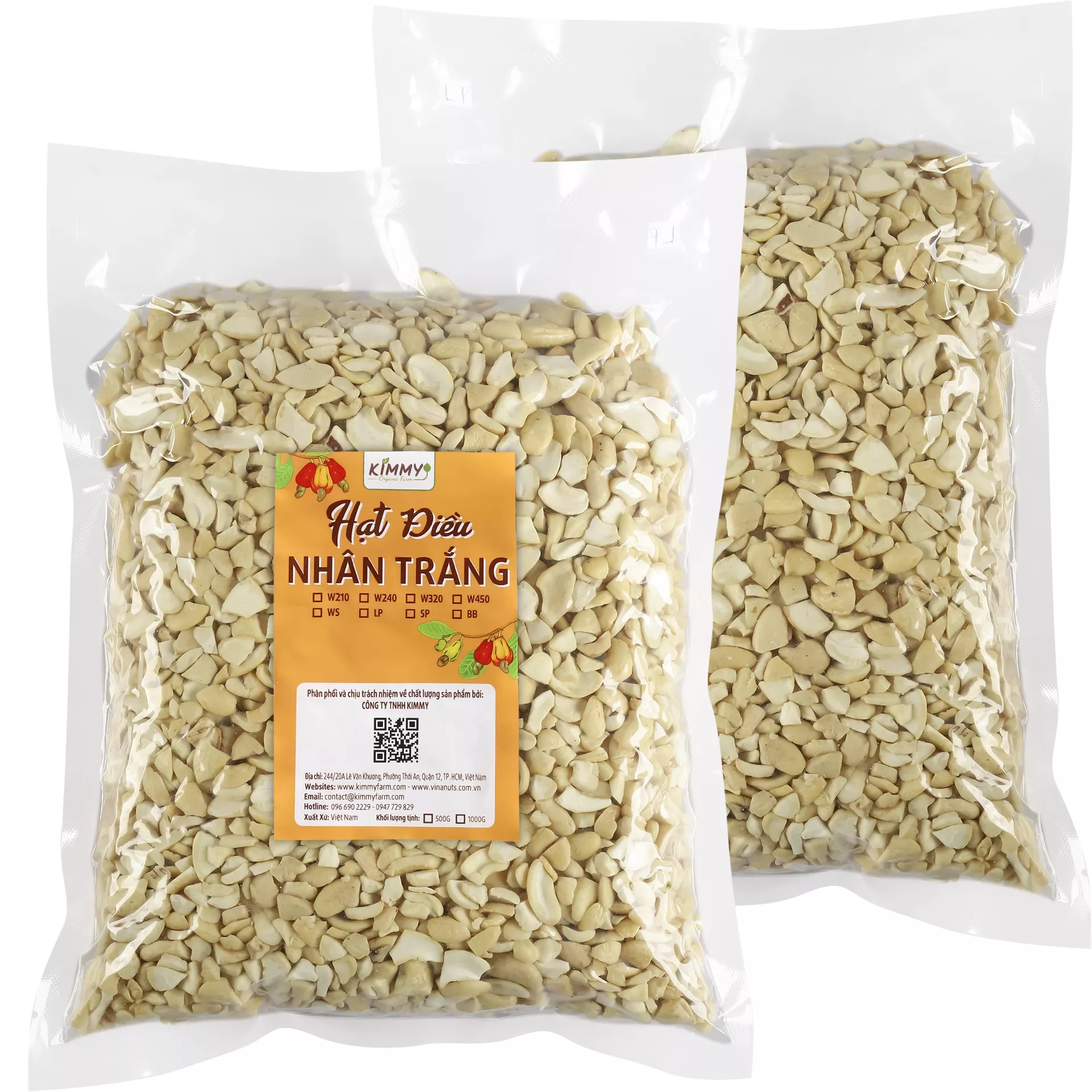Cashews and almonds are both nuts that are high in nutrients for our bodies. Many people are probably wondering which nut is superior between cashews and almonds, so this post will assess it thoroughly and provide you with more relevant information.
About the Origin:
Origin of cashew nuts
Northeastern Brazil’s tropical regions are the nut’s original home. The cashew tree, or Anacardium occidentale as it is known by scientists, is a member of the Anacardiaceae family. In the 16th century, Portuguese explorers spread cashew trees from Brazil to the rest of the world. As a result of the trees’ success in their new habitats, cashew nuts are now widely grown in the tropics. The countries like India, Vietnam, Nigeria, and Tanzania with similar climates to those in Brazil’s coastal regions have successfully grown the cashew tree.
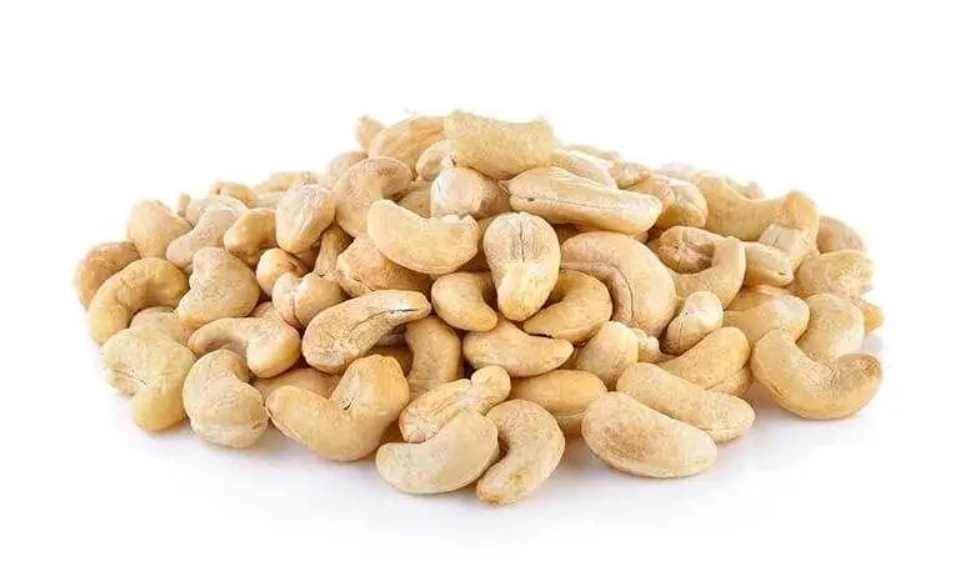
The cashew nut originates in Brazil’s northeastern region.
To learn more, Vietnam is one of the most popular cashew export countries in the world. The majority of Vietnam’s cashew trees may be found on the red basalt land of Binh Phuoc. This region produces the bulk of what the rest of the country consumes and sells abroad. So, the Vietnamese cashew nut that is so ubiquitous today traces its origins mostly to Binh Phuoc Province.
Origin of almonds
The origins of almonds can be traced back to the area between the eastern Mediterranean and Western Asia. The almond tree, or Prunus dulcis as it is known by scientists, is a species of the rose family. Almonds have been grown as a crop for thousands of years, but their origins are a mystery. Some places, including Iran, Iraq, and Turkey, may have supported wild almonds. Almonds were highly prized by ancient peoples including the
Egyptians and the Romans because of their usefulness in both food and medicine. As a symbol of wealth and health, almonds were so highly revered that they were even buried with Egyptian pharaohs. Trade and exploration led to the spread of almonds to new regions. Almonds were first introduced to the United States by the Spanish, who arrived in California in the 18th century. These days, California is among the world’s top almond-growing states.

About The Taste: Almonds vs Cashew nuts
| Taste | Almonds | Cashews |
|---|---|---|
| Flavor | Mild, slightly sweet | Creamy, buttery |
| Crunchiness | Firm and crunchy | Moderately crunchy |
| After Roasting | Enhances flavor and crunch | Enhances buttery and nutty notes |
| Natural Taste | Nutty with a hint of sweetness | Mild, slightly sweet |
| Versatility | Versatile in sweet and savory dishes | Versatile in both sweet and savory dishes |
| Aftertaste | Clean and subtle | Lingering, rich |
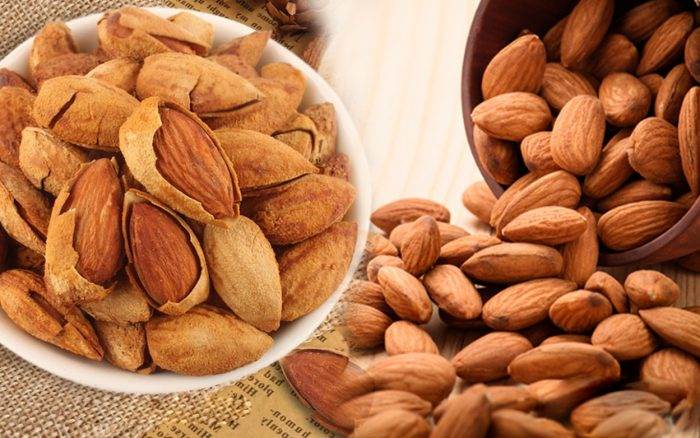
About Nutritional Values: Almonds vs Cashew nuts
| Nutrient | Almonds | Cashew Nuts |
|---|---|---|
| Calories | 576 | 553 |
| Protein | 21.2 g | 18.2 g |
| Fat | 49.9 g | 43.9 g |
| Carbohydrates | 21.7 g | 30.2 g |
| Dietary Fiber | 12.2 g | 3.3 g |
| Sugars | 3.9 g | 5.9 g |
| Vitamin E | 25.6 mg | 0.9 mg |
| Thiamin (B1) | – | 0.4 mg |
| Riboflavin (B2) | – | 0.1 mg |
| Niacin (B3) | – | 1.1 mg |
| Vitamin B6 | – | 0.4 mg |
| Folate (B9) | – | 25 mcg |
| Calcium | 264 mg | 37 mg |
| Iron | 3.7 mg | 6.7 mg |
| Magnesium | 268 mg | 292 mg |
| Phosphorus | 484 mg | 593 mg |
| Potassium | 705 mg | 660 mg |
| Zinc | 3.1 mg | 5.8 mg |
Please note that “-” indicates that the specific nutrient is either not present or its value is negligible.

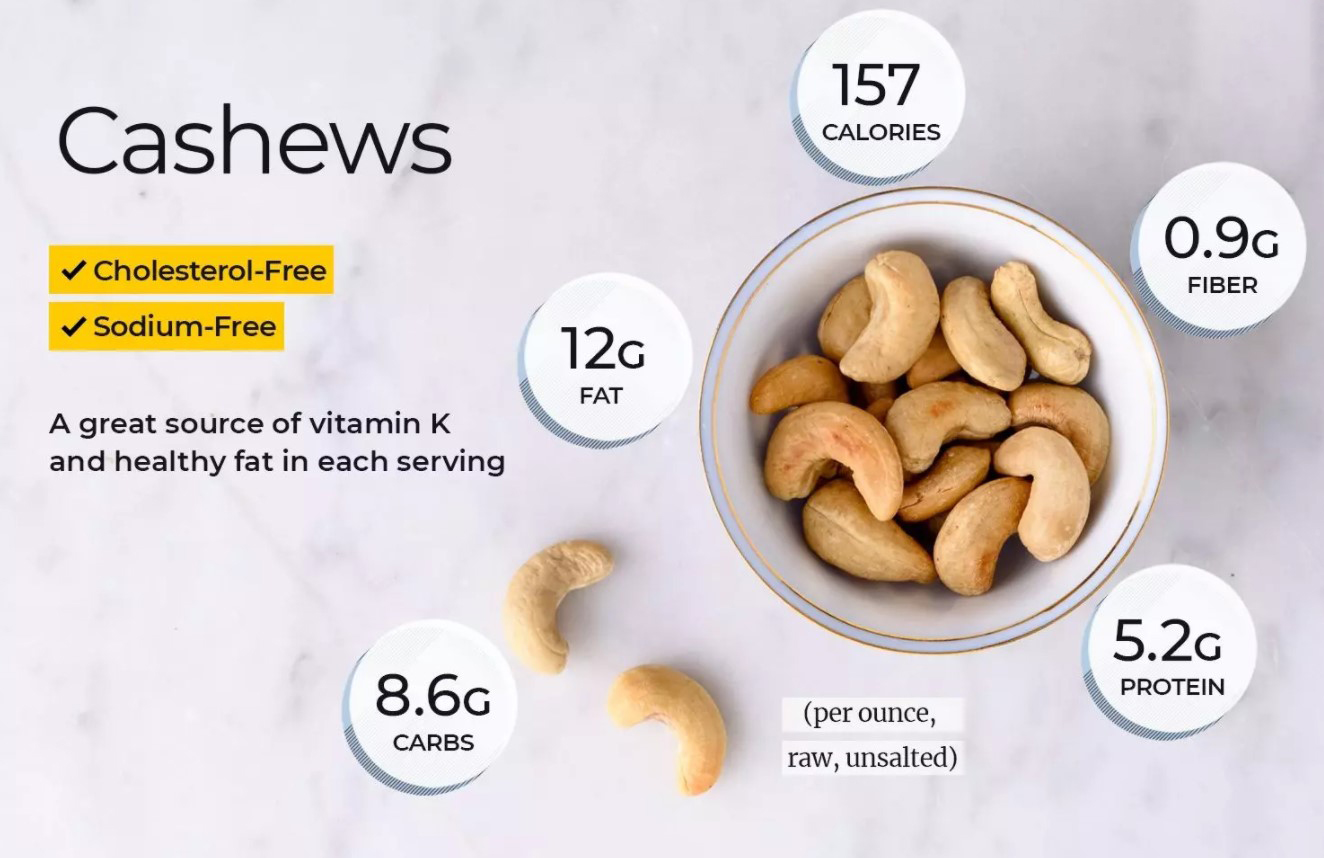
Compare Benefits: Cashews and Almonds
- Almonds and cashews both contain protein, fat, and numerous vitamins and minerals that are beneficial to the digestive system, cardiovascular system, bones and muscles, tension, fatigue, and sleep quality.
- Cashews are rich in healthful fats such as oleic and linoleic acid, which help lower cholesterol levels and protect the heart. Regular consumption of cashews reduces the risk of cardiovascular disease. Almonds are rich in folic acid and magnesium, which promote cardiovascular mobility and lower blood sugar levels.
- In contrast to almonds, cashews contain zeaxanthin, a substance that helps protect the retina from UV radiation.
- Almonds and cashews both contain Proan anthocyanidins, substances that efficiently prevent cancer.
- Cashews contain Omega-3, Omega-6, and tryptophan, substances that aid in reducing severe depression, whereas almonds do not.
- Cashews enhance brain circulation, help prevent diseases such as anemia in the brain, and alleviate stress and fatigue. Almonds have the effect of improving memory and are a brain-nourishing substance.
- The high fiber content of both nuts is advantageous for the digestive and excretory systems.
- Cashew nuts are rich in copper and calcium, which contribute to robust and flexible bones. Almonds possess a comparable effect.
- Almonds and cashews are rich in vitamin E, which enhances the skin, prevents aging, and aids in the protection of damaged cells.
- Cashew nuts aid in weight loss and maintaining a healthy weight more so than almonds because cashews contain substances that help you feel satisfied for a longer period of time, making the body less hungry and thereby aiding in weight loss.
- Cashew almonds reduce the risk of diabetes and are also an excellent food for diabetics. Almonds are also beneficial for managing diabetes.

A brand specializing in the production and export of agricultural products in Vietnam. We have a black soldier fly farm in Tay Ninh and a cashew growing area in Binh Phuoc. The main export products of the company are: cashew nuts, cashew nut kernels, black soldier fly, frozen seafood, shrimp, prawns, catfish… from Vietnam.





